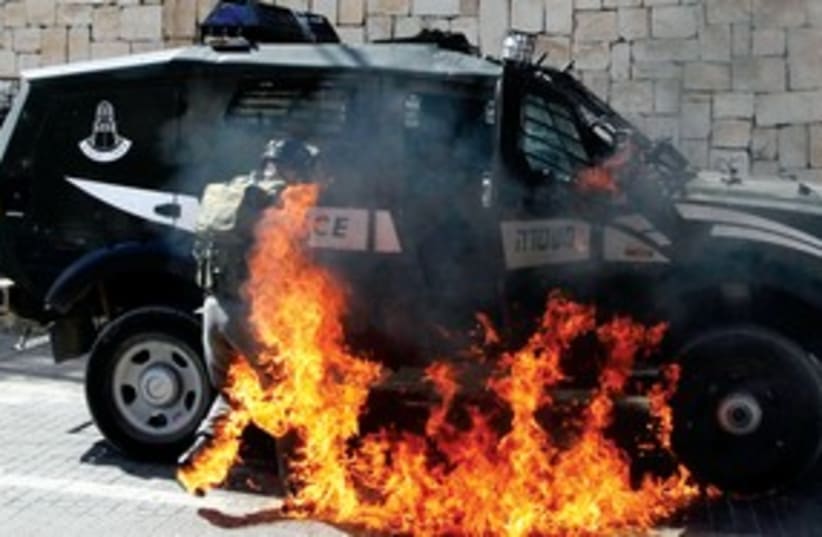The writer has a PhD from Hebrew University and is a fellow at the Jerusalem Institute for Market Studies.
Terra Incognita: Un-original shooting
Photographer Fredric Brenner promised to portray Israel beyond the stereotypes in his latest project, but the artists have predictably created an orgy of clichés.

The writer has a PhD from Hebrew University and is a fellow at the Jerusalem Institute for Market Studies.